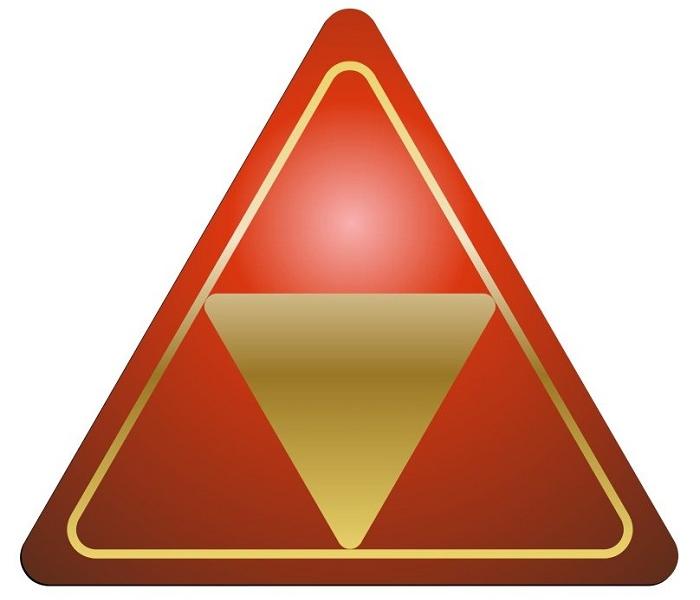Be Ready, National Preparedness Month is Here! Series - Part 4 - Understand Quarantine and Isolation
9/11/2014 (Permalink)
September 2014 marks the eleventh annual National Preparedness Month, sponsored by the Federal Emergency Management Agency in the US Department of Homeland Security. One goal of Homeland Security is to educate the public about how to prepare for emergencies, including natural disasters, mass casualties, biological and chemical threats, radiation emergencies, and terrorist attacks.
People can be infected with dangerous diseases in a number of ways. Some germs, like those causing malaria, are passed to humans by animals. Other germs, like those that cause botulism, are carried to people by contaminated food or water. Still others, like the ones causing measles, are passed directly from person to person. These diseases are called "contagious".
Contagious diseases that pose a health risk to people have always existed. While the spread of many of these diseases has been controlled through vaccination and other public health efforts, avian influenza ("bird flu") and terrorist acts worldwide have raised concerns about the possibility of a disease risk. That makes it important for people to understand what can and would be done to protect the public from the spread of dangerous contagious diseases.
The CDC applies the term "quarantine" to more than just people. It also refers to any situation in which a building, conveyance, cargo, or animal might be thought to have been exposed to a dangerous contagious disease agent and is closed off or kept apart from others to prevent disease spread.
The Centers for Disease Control and Prevention (CDC) is the U.S. government agency responsible for identifying, tracking, and controlling the spread of disease. With the help of the CDC, state and local health departments have created emergency preparedness and response plans. In addition to early detection, rapid diagnosis, and treatment with antibiotics or antivirals, these plans use two main traditional strategies —quarantine and isolation— to contain the spread of illness. These are common health care practices to control the spread of a contagious disease by limiting people's exposure to it.
The difference between quarantine and isolation can be summed up like this:
Isolation applies to persons who are known to be ill with a contagious disease.
Quarantine applies to those who have been exposed to a contagious disease but who may or may not become ill.
Definitions
Infectious disease: a disease caused by a microorganism and therefore potentially infinitely transferable to new individuals. May or may not be communicable. Example of non-communicable is disease caused by toxins from food poisoning or infection caused by toxins in the environment, such as tetanus.
Communicable disease: an infectious disease that is contagious and which can be transmitted from one source to another by infectious bacteria or viral organisms.
Contagious disease: a very communicable disease capable of spreading rapidly from one person to another by contact or close proximity.




 24/7 Emergency Service
24/7 Emergency Service
